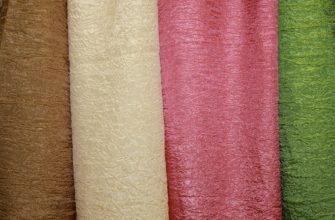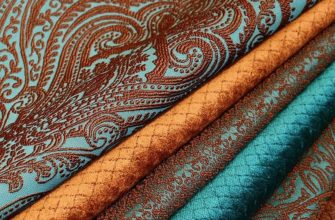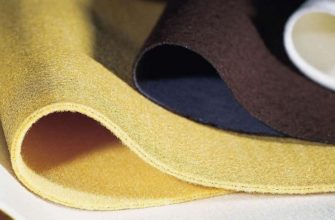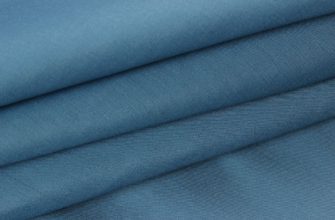Most people cannot answer the question: what kind of fabric is capiton, how does its composition differ from other fabrics? However, despite this, capiton fabric is present in the lives of many people. Thanks to modern sewing technologies, knitted material is created using invisible stitches. A unique feature of the fabric is its combination of convenience, practicality and beauty.
Capitonnium fabric: what is it
Now let's try to understand in more detail the question of what is capitonium fabric and what is its composition? Capitonium, or as it is also called capitone, capiton, capitonia - knitted fabric based on natural canvas, which is made of cotton yarn. Sometimes polyester is added to the composition, but it is not more than 30%. The fabric consists of 2 or 3 layers, between which there is insulation. It is fixed and distributed on the surface of the fabric using special equipment. The fabric is stitched with simple dense stitches in the form of a diamond or squares.
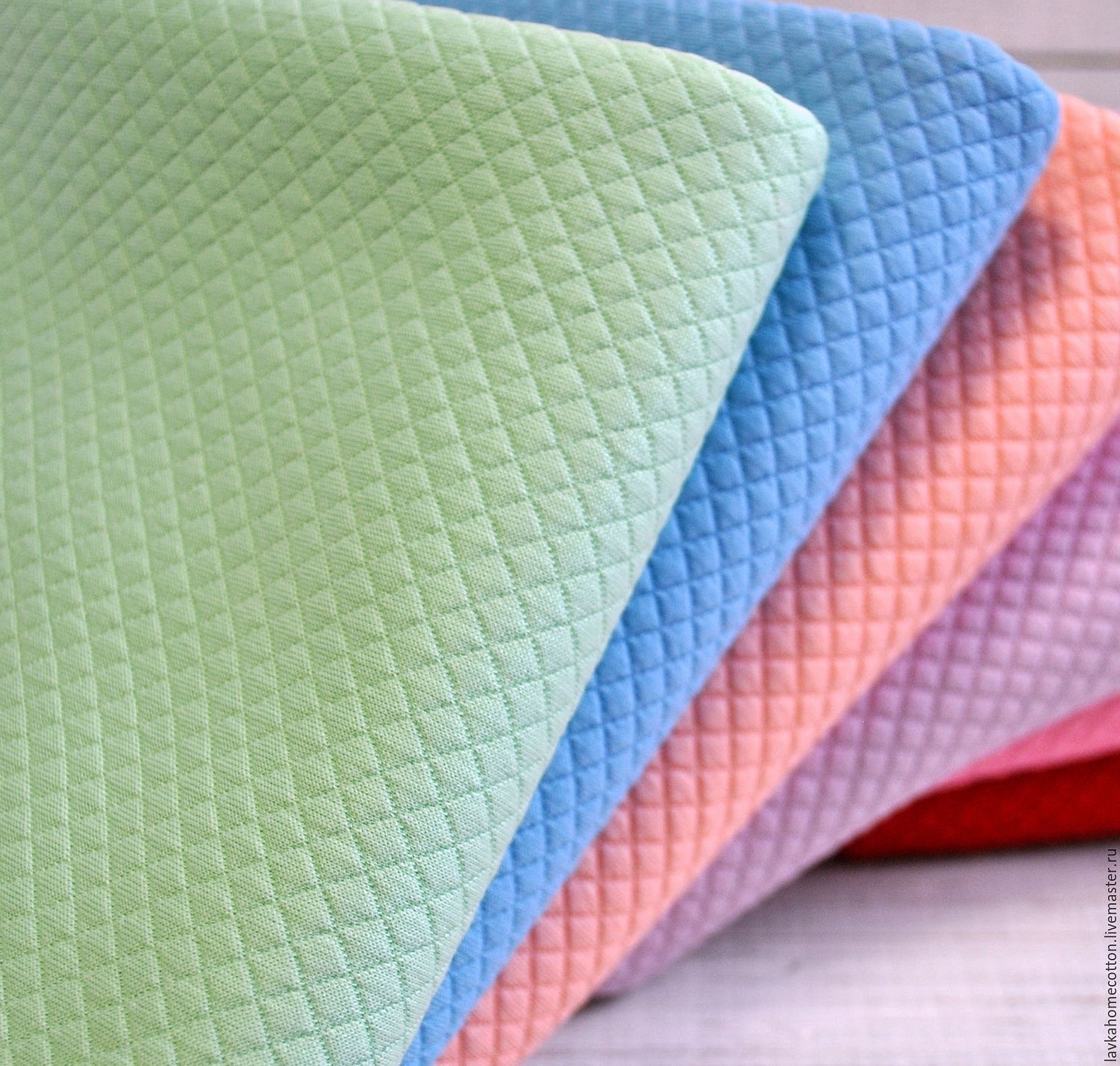
The bottom layer can be made of polyester to save money. This material is not the best option, because it prevents the body from breathing, which is especially important when it comes to buying children's clothes.
This fabric is produced mainly in factories in Russia, Italy and Turkey. Knitwear made in Ivanovo is in no way inferior in quality to other countries and is also in great demand. In Italy, capitonium is produced as a lining material and is very rarely used to make clothes. In Turkey, polyester and elastane are added to it.
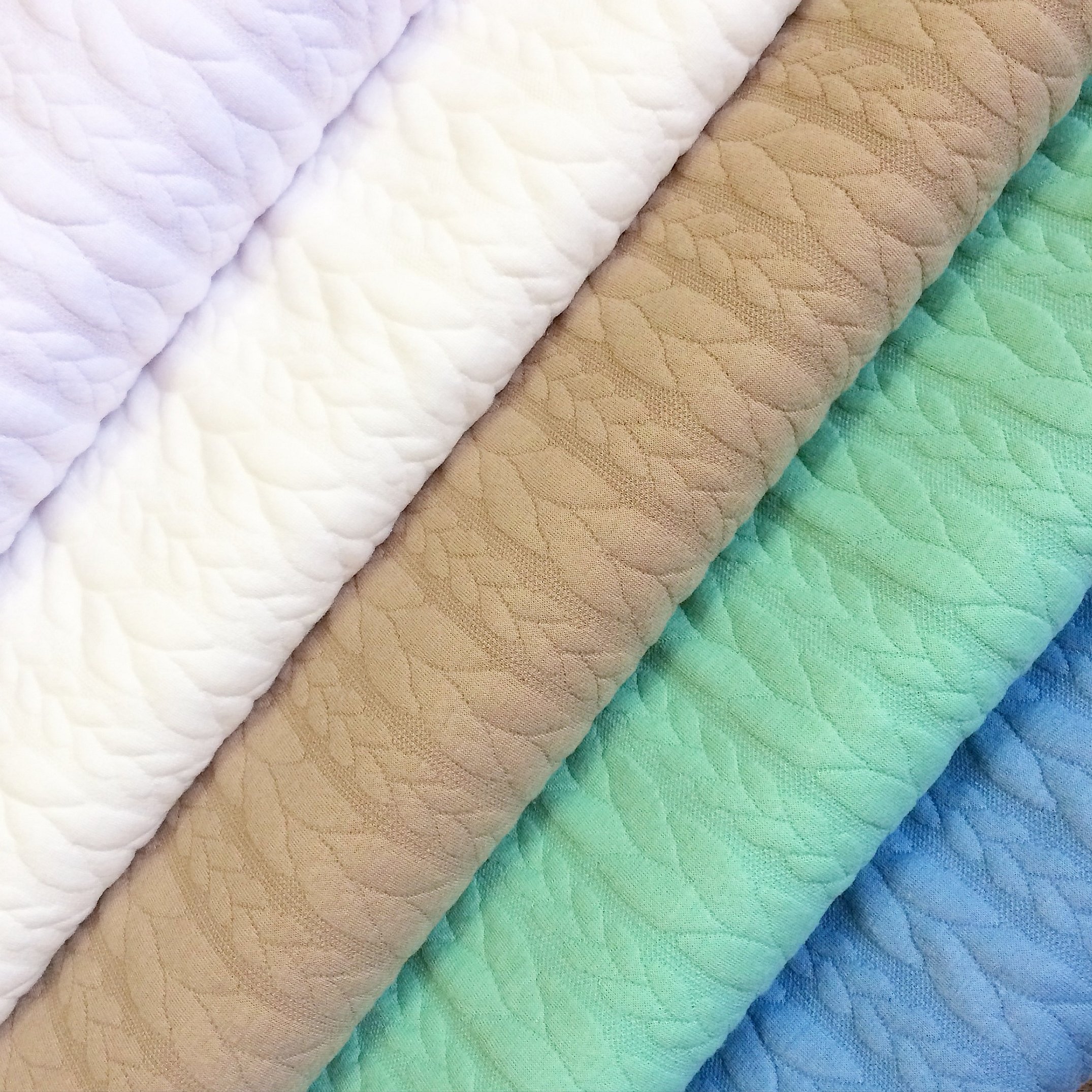
Main properties
Capitol fabric has a lot of useful properties. The main ones include the following:
- high fabric density 220-290 g/m2;
- good air permeability, allowing the skin to breathe freely;
- pleasant tactile sensations, as the fabric is very soft;
- high abrasion resistance;
- a smooth and even surface on which folds do not form;
- lack of electrical statistics.
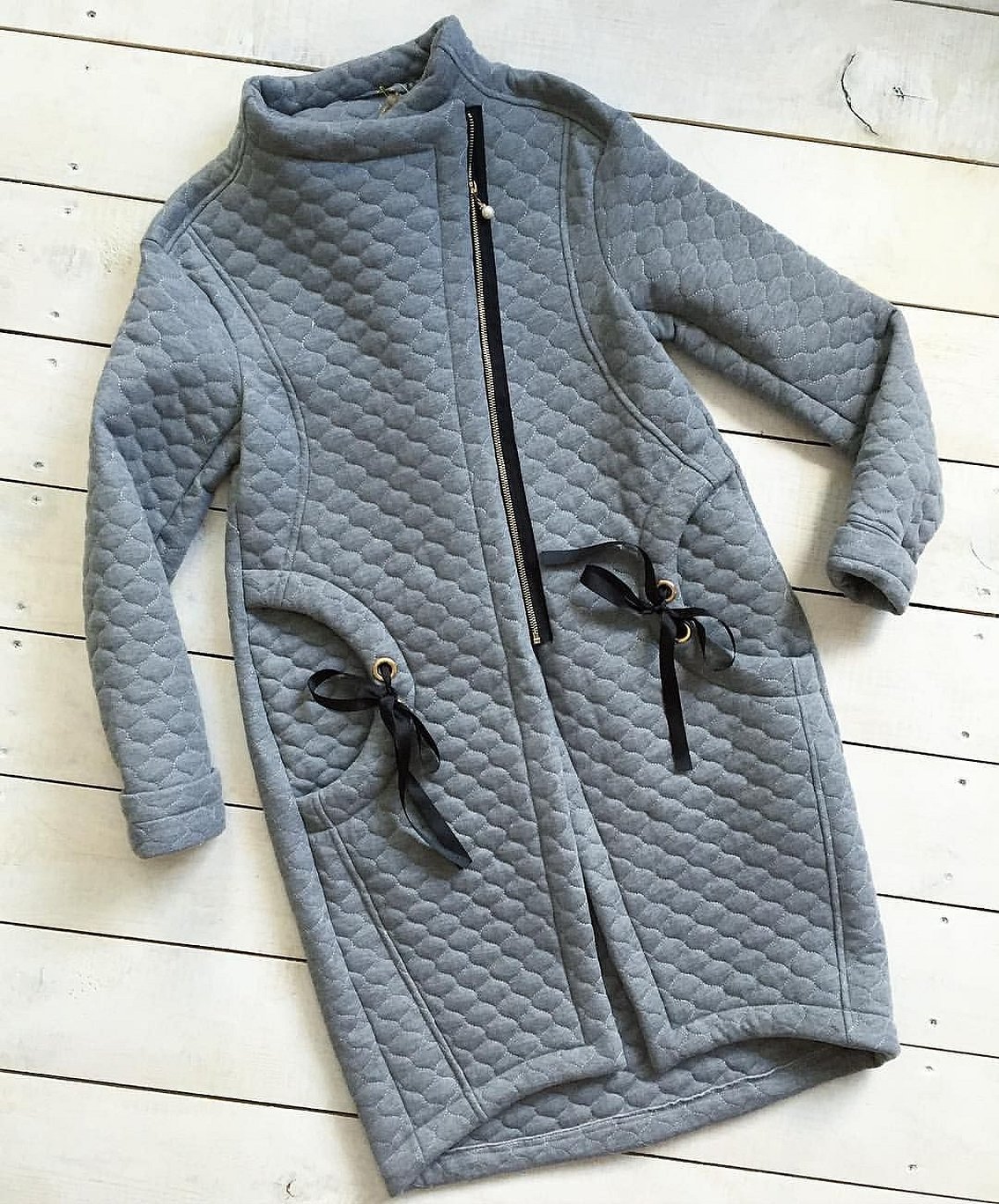
If you add polyester to the capitonné fabric, it will acquire additional properties that will allow you to:
- Increase the thermoplasticity of the fabric.
- Reduce drying time for items.
- Extend service life.
- Become more resilient to atmospheric phenomena.
Important! To prevent capitonium from losing its natural appearance, synthetic fibers should not be added to it in amounts greater than 1/3 of the total fabric composition.

Varieties of capitonium by composition and appearance
Depending on the composition, structure and weaving method, all knitted capitonné fabric is divided into 3 types:
- Combed cotton. The material is made from long-fiber (35-70 cm) well-processed cotton. After the fibers are polished, not a single knot or fluff remains on them, so an almost perfect fabric is woven on special machines. It turns out thin, dense and smooth. Products made from combed cotton do not form pellets. They practically do not wrinkle, due to the fact that the material contains 100% cotton. Clothes made from combed cotton hold their shape well and retain heat. It also absorbs moisture, so wearing such things is a pleasure. Things made from this material do not lose color even after many washes. Therefore, this type of capitonium is the highest quality and most expensive.
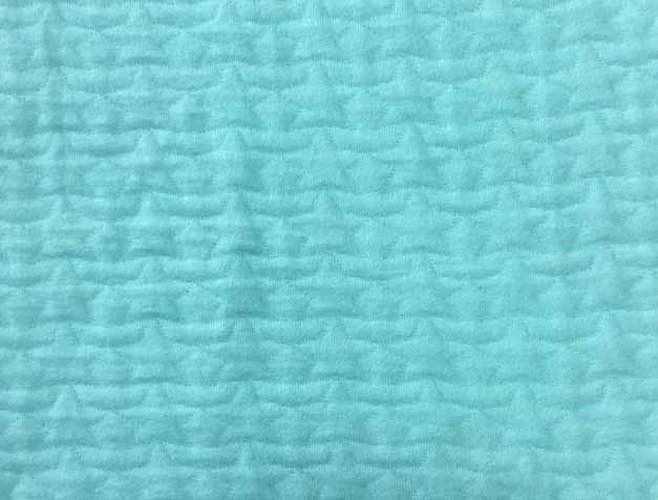
- Carded or as it is also called rint. It is made of medium-length cotton fibers, the size of which can reach a maximum of 35 cm. In appearance, such a fabric is practically no different from combed. However, a true professional will notice the lack of proper shine, as well as the fact that carded does not have such a smooth texture as combed. Carded is cheaper in price and its quality is slightly inferior, since synthetic fibers are added to the composition of the fabric in small quantities. However, you can find a fabric where pure cotton is contained in the top layer of the fabric. In the second and third layers there is a small proportion of polyester fibers.
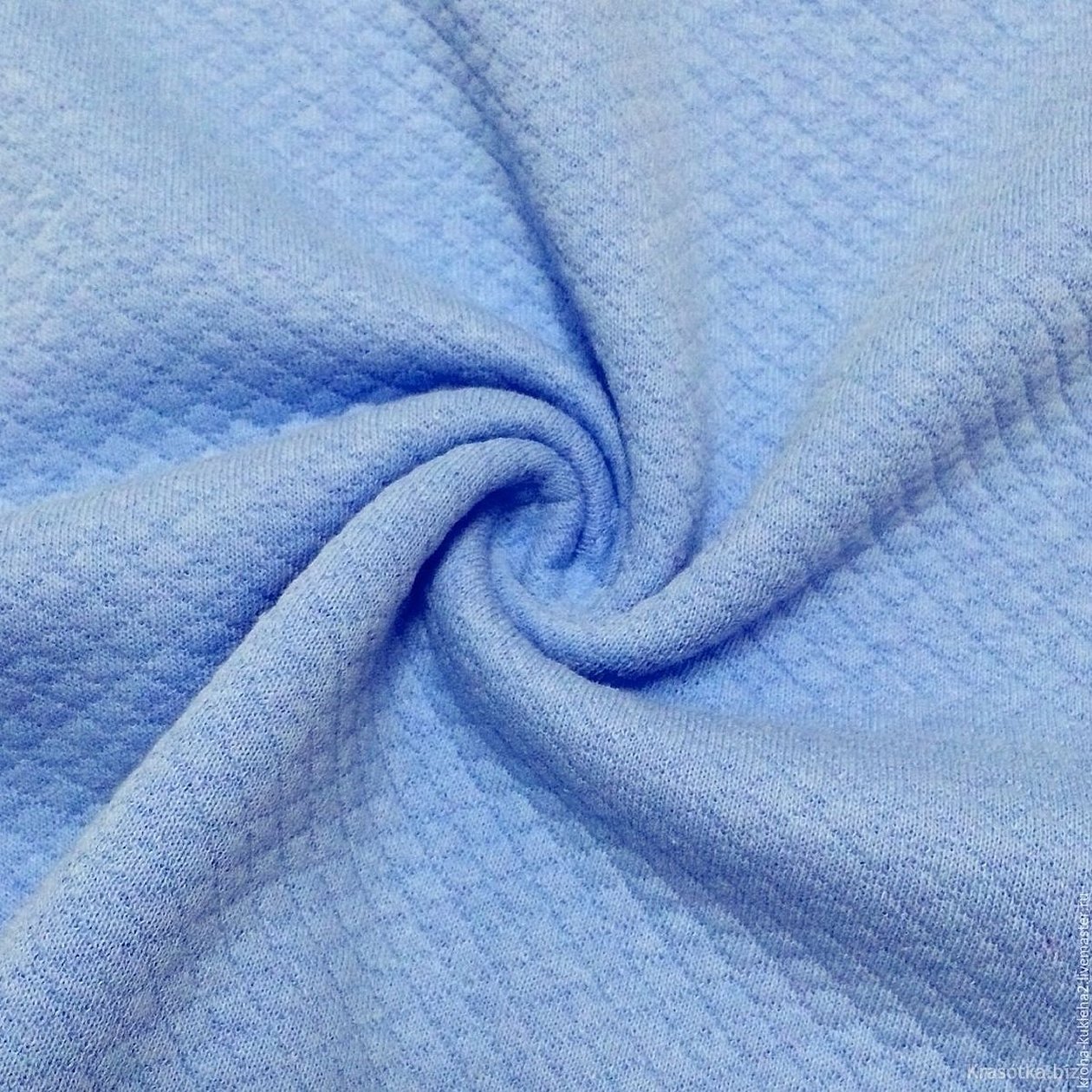
- O.E. (Open End). This is the cheapest type of fabric. A little synthetic fiber is added to it, and short cotton fibers about 20-27 cm long are also used in production. Of the artificial materials, viscose, polyester, elastane, and sometimes lycra are most often used. The material is very easy to distinguish. It does not shine, it has a matte surface, which is often covered with a lot of villi. These villi are formed due to the ends of the threads. Open End also refers to natural fabrics, but it is not as durable and practical compared to other fabrics.
Capitonium is also distinguished by the method of coloring. It is found in two types:
- Plain dyed, which is a single-color canvas. It can be of different colors.
- Printed. A multi-colored or single-color design is applied to already dyed fabric.
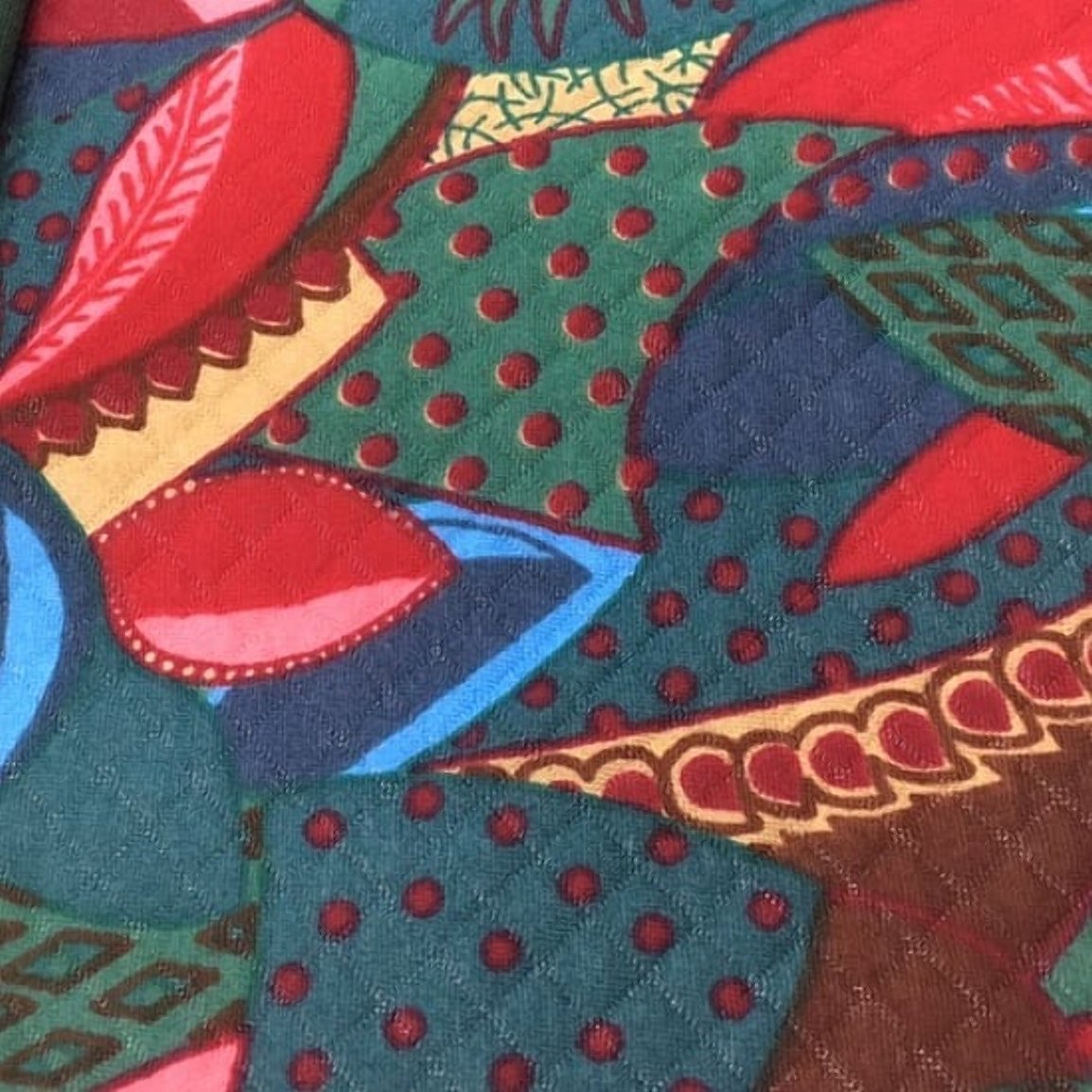
What can be sewn from the material
It has become clear what capitonnoe fabric is. Now we should figure out the question: capitonnium what is sewn from it? This fabric is a unique material that differs in structure and appearance, therefore a lot of things are sewn from it:
- Clothes for everyday use and leisure. These can be sweaters, pyjamas and towels.
- Sportswear. The material is breathable and absorbs moisture, making it ideal for working out in the gym or jogging outdoors.
- Dressy clothes that are suitable for going out. These include skirts, dresses, sweaters and even business suits.
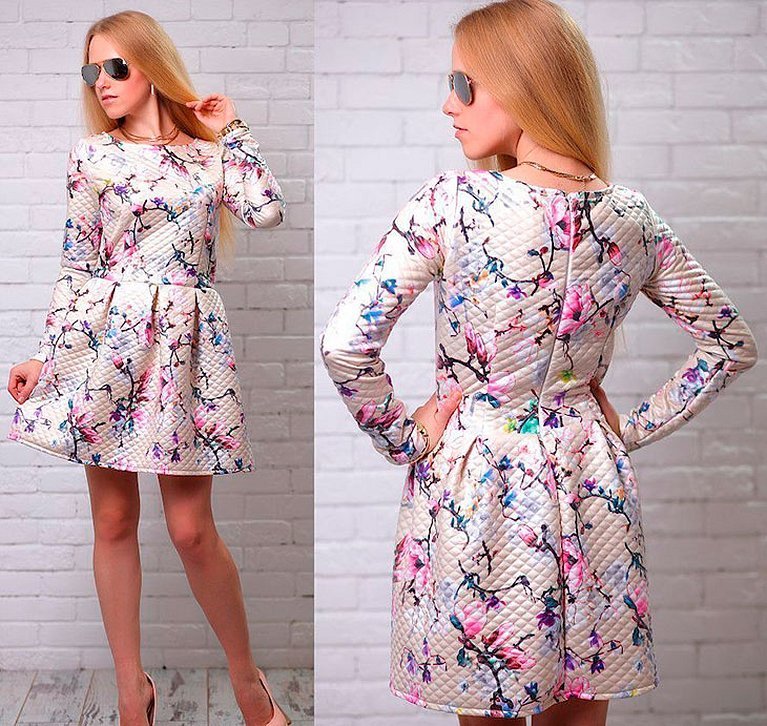
- Products for newborns. Today, the market is overflowing with children's sweaters, T-shirts, pants, overalls and envelopes. However, before buying such things, you need to carefully study their composition for the presence of synthetic materials. For example, clothes with carded and OE are contraindicated for babies in most cases.
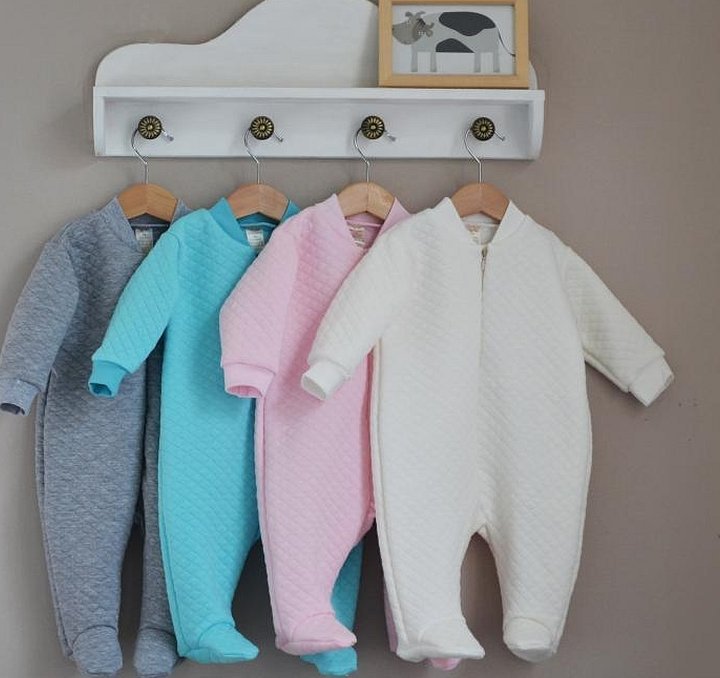
- Linings that serve as excellent insulation for outerwear in cold weather.
- Upholstery for furniture. It is mainly used for sofas, but sometimes other pieces of furniture are also found.
Care instructions
Although capiton fabric is not at all picky, some care rules must still be followed:
- This material can be washed by hand or machine on a gentle cycle.
- When starting to wash, you need to pay attention to how much natural and synthetic fibers the fabric contains.
- Items cannot be washed at temperatures above 400. This is because fabrics containing synthetic fibers may not withstand high temperatures as well as cotton.
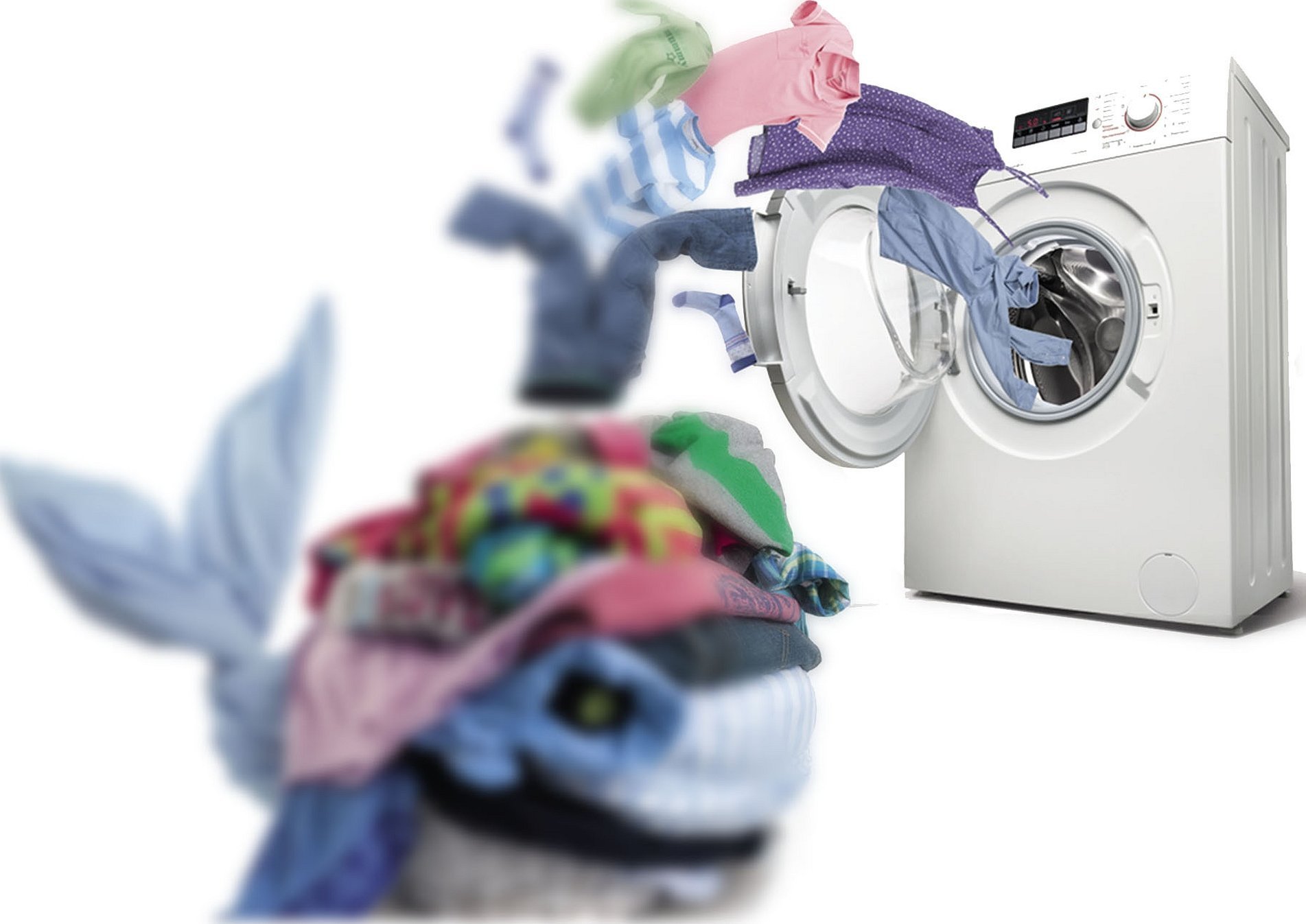
- Dry the items in a horizontal position, avoiding direct sunlight.
- This material does not require ironing, but if necessary, the iron should be warm, not hot. The use of the steam mode is also permitted.
- The use of bleaching agents is not permitted.
Advantages and disadvantages
Kapitonium, like many other fabrics, has its advantages and disadvantages. The main advantages of this material are:
- Ability to store heat. Such products perfectly warm even in cold weather.
- Maximum wearing comfort despite its voluminous shape.
- Good elasticity, especially if it contains polyester fibers.
- High wear resistance. Such fabric will withstand many washings.
- Easy to cut. The fabric does not warp and is very pliable to work with.
- Hypoallergenic nature, thanks to which the material is suitable even for small children.

Kapitonium is not ideal, so there are a couple of disadvantages:
- After washing, things may shrink. Especially if we are talking about a type such as O.E.
- The products fade in the sun. This is a disadvantage not only of capitonium, but of all fabrics that contain pure cotton.
It is not always worth saving on the material, especially if we are talking about fabric with a high percentage of added synthetic fibers. Such clothes will not be so comfortable. It is necessary to beware of fakes, since today there are many inventors who easily imitate capitonium, using very cheap and low-quality materials.
Therefore, before buying, you need to not only carefully study the description on the label, but also carefully examine and touch the item you like.

